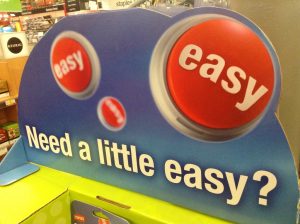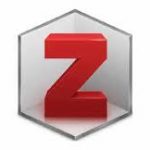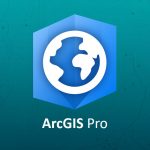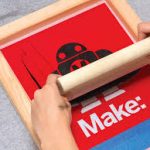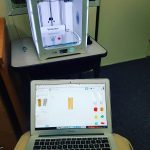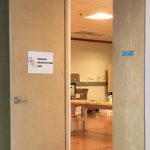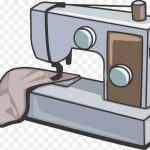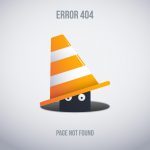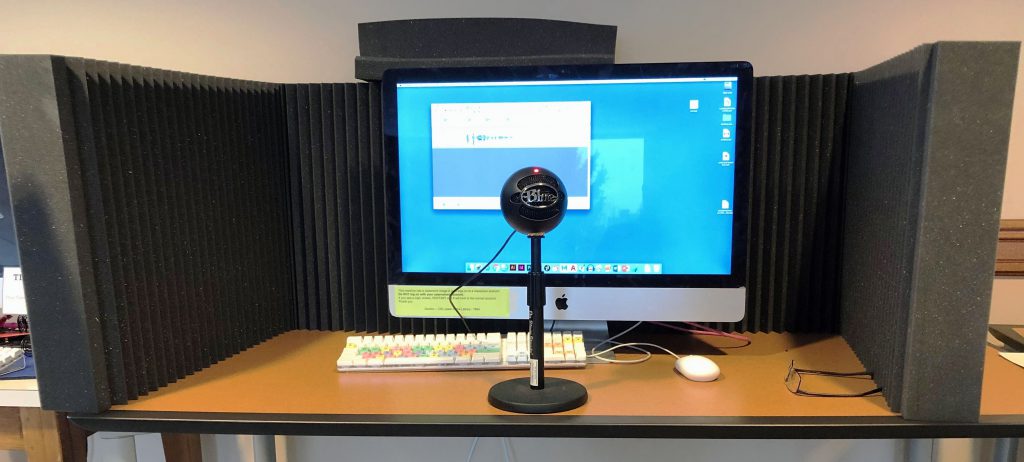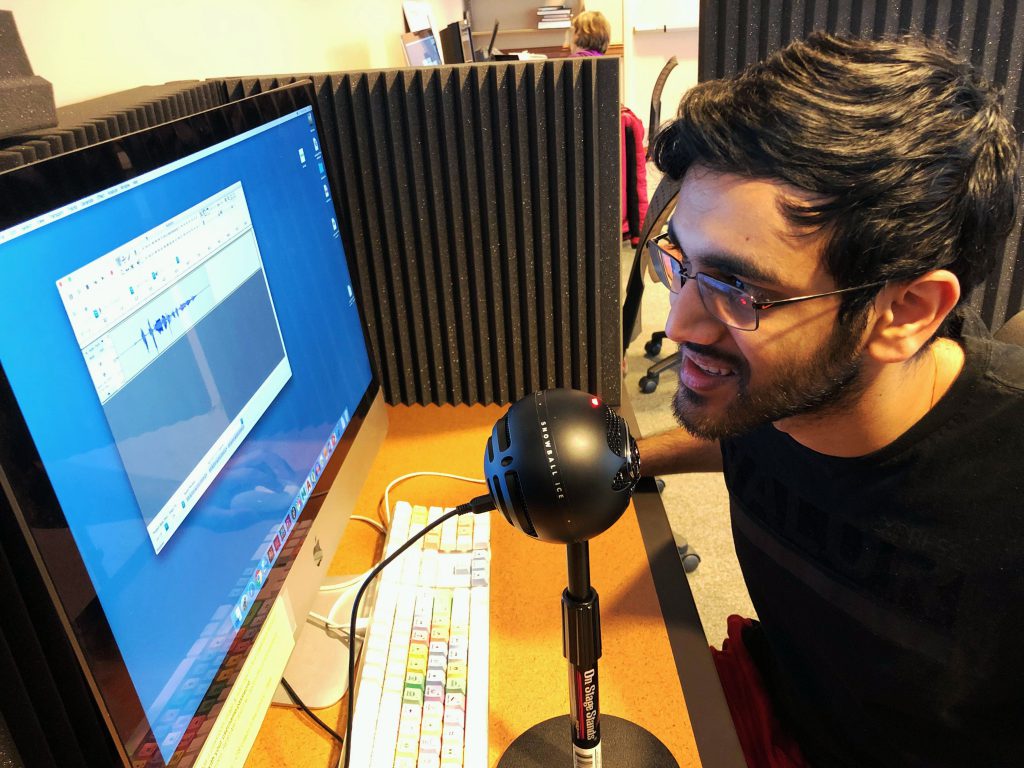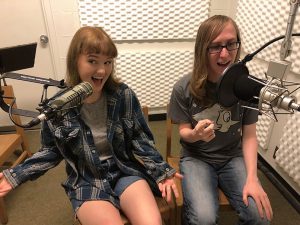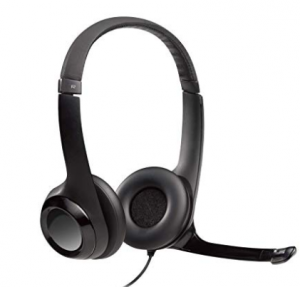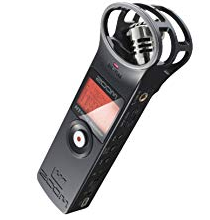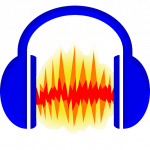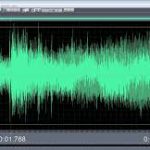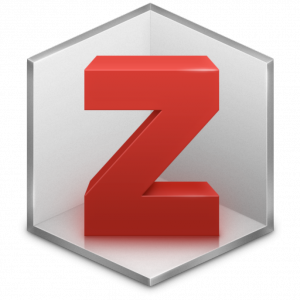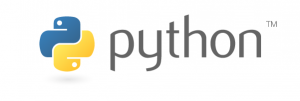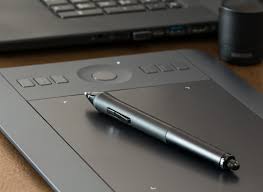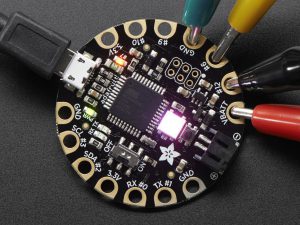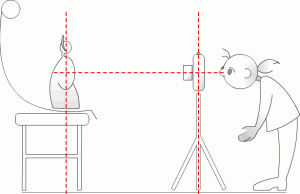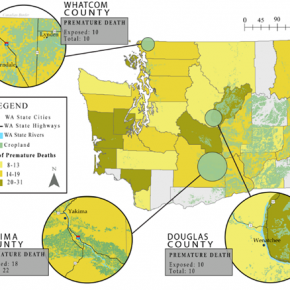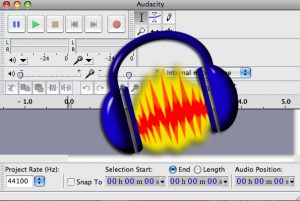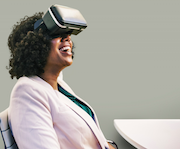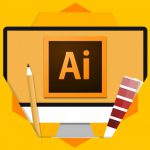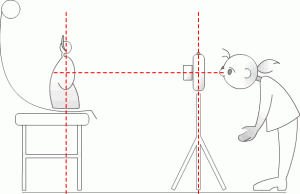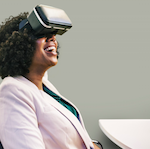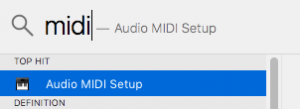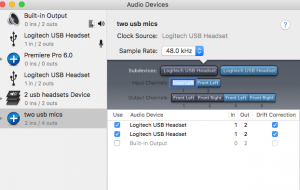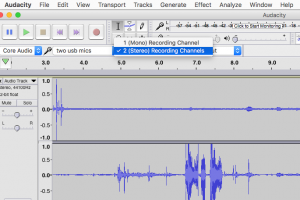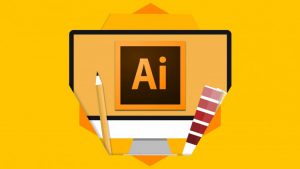Wow last week was a big change for the campus and the employees who work here! Nearly all employees are now remote work from home employees! All of our our faculty and students are having classes online!
And we did it! Huzzah! It was really an incredible feat and shoutouts and kudos all around! The fact that we made these pivots so quickly is a testament to the ingenuity and creativity of our faculty, administrators and students.
Now that we have had a taste of the online experience, it’s time to take a collective step back and have a good think about our learning goals and how to make the most of a bad situation, keeping in mind the needs of our students.
People Missing in Action
Some students have not returned to class or checked in. They could be traveling, they could be sick or they could be taking care of the sick. What will their experience be when they find their way to the your course site? Please pace activities and instructions accordingly. Maybe create a check-in forum.
Grades
Many colleges, including Vassar, are offering an NRO option. The policy is humane, generous and provides great flexibility in grading and conducting learning activities for the rest of the semester. Students can scale their level of involvement to match their available bandwidth. Leverage this to provide a more relaxed learning environment for everyone.
Pressure
Anyone who knows me, knows I adore the faculty. They rise to every challenge and constantly amaze and impress. That very quality can be a little intimidating to students. This April, we need to avoid falling into the usual “April Frenzy”. The usual intensity at this juncture will be intolerable for just about everybody.
So, in your quest to provide the best instruction, please be careful to not inadvertently ramp up the pressure. Faculty members are heroes to students. Please provide learning activities for your students that can be scaled to suit their available time and energy and send the message that any level of involvement is okay. Everything is okay!. Don’t worry, be happy! It’s a free pass to participate however you can. Reduce the pressure, reduce the anxiety, & reduce the stress load. Give yourself a break, too!
Sliding Scale of Engagement
Design learning activities to accommodate a range of involvement. Only have time for a sentence? That’s fine. Want to post an image and a paragraph or two? Super! Want to make a full-length film because your home and bored? Coolio! It’s all OK! Have fun! The situation is serious but their learning activities can include levity.
Zoom / Teaching Online in Real Time
Zoom is a powerful and fantastic tool. Bear in mind it is just one tool in the online teaching toolkit.If you don’t like zoom, please be assured though that you don’t have to hold zoom classes for all the same times that you used to teach in person. We are already hearing reports of zoom fatigue. Most online classes typically provide very little synchronous content. I earned my Master’s degree online, and the synchronous real time experience was the exception, not the norm.
The beauty of an online class is that the activities can be conducted to suit one’s schedule. Some of your students are in different time zones. Maybe there’s only one computer in a house of eight. Maybe their internet connection is poor. Please design your online plans accordingly. Zoom excels class for check-ins, office hours, consults and the like. Please assure your students that if they can’t make a zoom session, that it is okay. Missing a zoom session should not be the equivalent of cutting a class. Ask your students how they think zoom fits into class. Also, gauge your own comfort level. Use the technology in a way that best fits your teaching style, your needs and your students’ needs.

